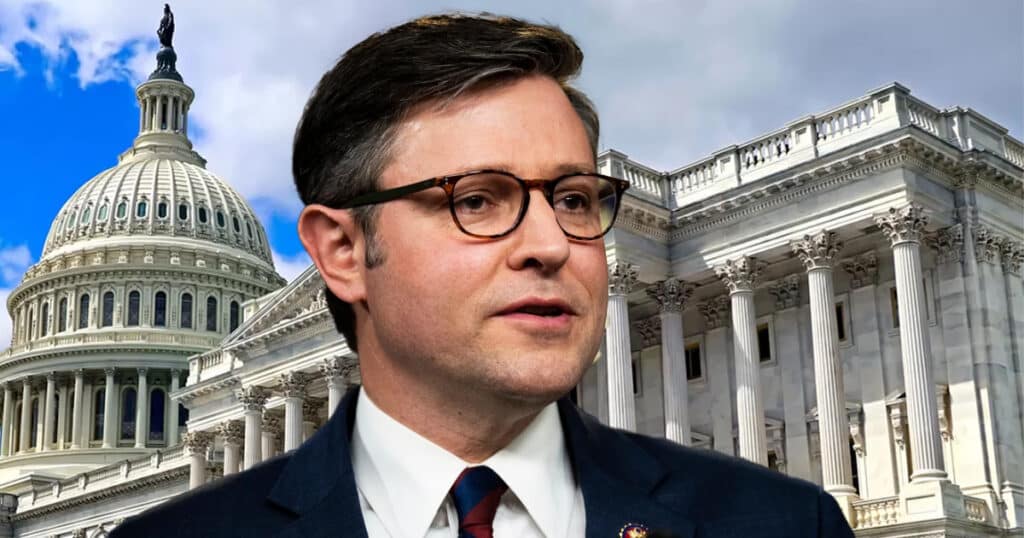
A New Trend In Public Schools Makes No Sense
Chronic absenteeism in public schools soared during the COVID-19 pandemic, but, counterintuitively, graduation rates over the same period also rose.
This is according to a new report that the American Enterprise Institute (AEI) published this month.
“States, districts, and schools created new avenues for students to learn less and still graduate,” according to study authors Nat Malkus and Sam Hollon.
How does AEI account for this?
RELATED: FEMA Wasted More Than $1 Billion During COVID-19, Audit Says
“During the pandemic, many teachers taught remotely, recorded their lessons, began posting assignments online by default, and provided asynchronous materials and support for access away from school. Many of these pandemic-era changes have remained in place, at least partly, and continue to make it easier for absent students to complete their work from home. If either of these explanations is correct, then absenteeism could rise with little effect on graduation rates, as we observed,” according to the AEI report.
“The second family of explanations is that states, districts, schools, and educators kept graduation rates high, either intentionally or unintentionally, despite the surge in absenteeism. Schools and districts have long had incentives to boost their graduation rates to improve their results on state and federal metrics and bolster their image with parents and the public.”
Then COVID-19 came along, which, as AEI went on to say, “forced schools to make a harsh choice: Watch many students fall behind academically and fail to graduate or find new ways to help them cross the finish line.”
“Authorities at multiple levels of the education system took the latter choice and enacted changes that, deliberately or not, cleared the path to graduation for students with low attendance. We document that states that loosened their official graduation requirements allowed more students to graduate,” AEI said.
“It is plausible that relaxing these rules resulted in a more prolonged, unofficial loosening that our models cannot capture. If these unofficial changes disproportionately helped students with low attendance rates, they could have had the unintended effect of weakening the link between chronic absenteeism and graduation rates.”
RELATED: Public School Teachers Are Terrified To Break-Up Fights, And Here’s Why
A related possibility is that school administrators and teachers made existing graduation requirements easier to meet by making coursework easier or by allowing makeup exams.
“If these changes disproportionately helped students with low attendance rates, they could have contributed to the weakened relationship between chronic absenteeism and graduation rates that we documented,” AEI said.
Special thanks to Warhammer’s Wife for proofreading this story before publication to make certain there were no misspellings, grammatical errors or other embarrassing mistakes and/or typos. Follow Warhammer on X @Real_Warhammer. Read Warhammer’s stories on The Hayride by clicking here.



